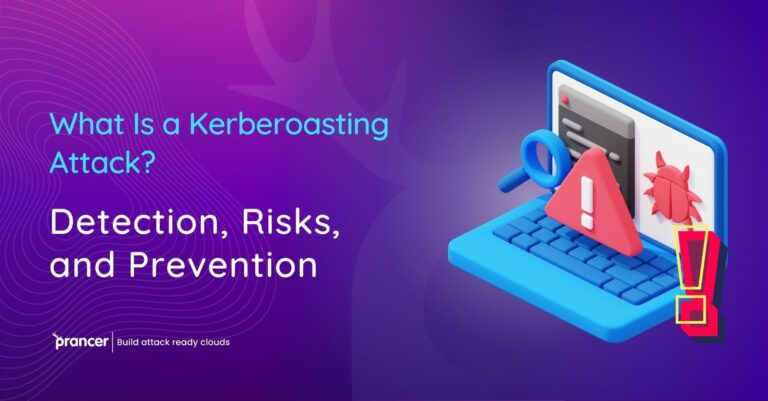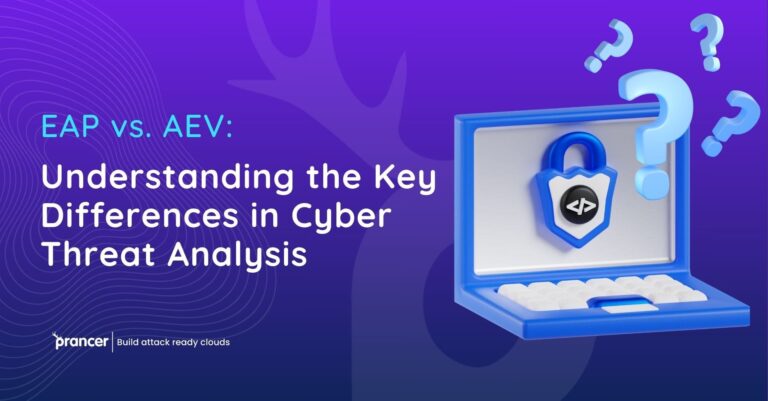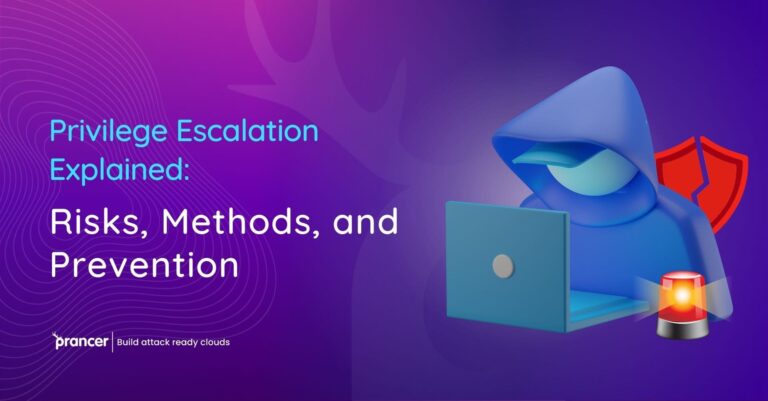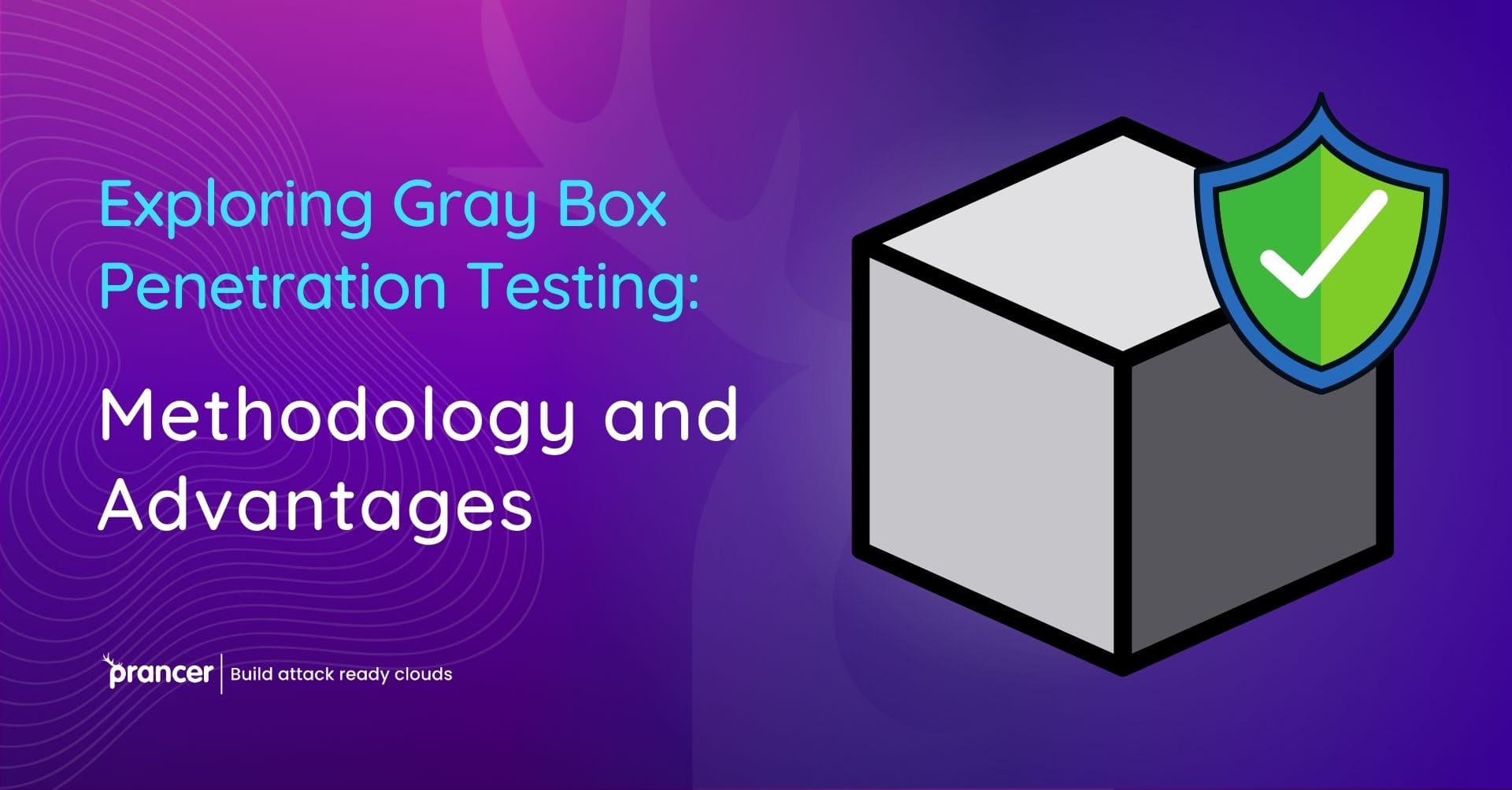When it comes to evaluating systems’ security, one can highlight the fact that gray box penetration testing is one of the most effective techniques. It is intermediate to black box and white box testing and gives a practical method of safeguarding digital resources. So, today, we will discuss the gray box penetration testing, its approach, and the benefits it holds especially while implementing it with the help of automated tools like Prancer.
What is Gray Box Penetration Testing?
Penetration testing or pen testing of gray box entails testing a system’s security with a partial view of its internal structure. Gray box testing is different from black box testing in which the tester has no clue about the internal working of the system and the other extreme of the scale is white box testing in which the tester is fully aware of internal working of the system. This approach enables testers to find out the weaknesses that an external attacker could take advantage of, while considering some internal views.
Why Gray Box Penetration Testing
What is the relevance of gray box penetration testing? It offers equal insight; it gives an impression of an attack coming from a source that does not have much information on the company. This makes this method important in security testing as it reveals security vulnerabilities that other types of tests do not discover. In addition, integrating gray box testing with automated penetration testing makes the whole security assessment even more effective and rapid.
Methodology of Gray Box Penetration Testing
The methodology of gray box penetration testing involves several key phases: The methodology of gray box penetration testing involves several key phases:
- Information Gathering: Gathering information on the system, especially the network infrastructure, the software applications in the system and the points of entry.
- Threat Modeling: Evaluating the threats according to the collected data and the selection of those threats which have the highest risk level.
- Vulnerability Analysis: involves manual and automated tools in identifying the system’s vulnerabilities.
- Exploitation: Trying to take advantage of the recognized vulnerabilities to assess the effects.
- Reporting: Reporting of results, suggesting strategies and explaining measures of remedial action.
Step by Step Process in Gray Box Penetration Testing:
Information Gathering
In this phase, testers try to acquire all the information which is available in the system. Network topology, system software and patches, and possible security weaknesses and threats are some things communicated. Automated tools can help with this task by quickly scanning for known issues which is something that tools like Prancer can do.
Threat Modeling
Using the obtained data, one can create models of potential threats for testers. This entails evaluating the threats that are likely to be used and the probability of their occurrence and consequences. Threat modeling is useful in classifying risks that require fixing based on the degree of danger they pose.
Vulnerability Analysis
In vulnerability analysis, testers use manual methods and automated tools to conduct a penetration test. There are test automation tools, such as with Prancer, that can identify the simple bugs within a short period, freeing up the tester for the more complicated problems.
Exploitation
The exploitation phase is characterized by an attempt to gain unauthorized access to the system through the discovered weaknesses. This step assists in relating the vulnerabilities observed to the actual consequences of the security weaknesses and corroborates the outcomes of the vulnerability analysis stage.
Reporting
Reporting is the last step where the tester gathers all the reports and prepares a report. These are descriptions of the vulnerabilities, their risks, and the measures to be taken should an attack be attempted. The tools present in Prancer can create reports containing specific information, which can be used to solve the existing security problems properly.
Gray Box Penetration Testing also has several benefits.
Gray box penetration testing offers several advantages: Gray box penetration testing offers several advantages:
- Realistic Scenario Simulation: It emulates the view of an attacker with limited knowledge to give a more realistic estimation of the security threats.
- Balanced Insight: It is advantageous in that it takes elements from both black and white box and provides an overall look at the system’s security.
- Efficiency: In this aspect, the gray box testing is more effective, for it is usually more time-saving than the other types concentrating on the risky zones.
- Enhanced Accuracy: The partial knowledge assists the testers to come across some of the flaws that would not be detected when doing black box testing while at the same time not being overwhelmed with information, as when doing white box testing.
Gray box testing and black box testing and white box testing:
Gray Box Testing
Concisely, gray box penetration testing is not completely knowledgeable about the system while still being useful in security assessment.
Black box testing looks at the system as if it is under an external attack, without any prior information on the system. Though it is helpful in analyzing threats from the outside world it may fail to identify internal risks.
White box testing is the completeness of the system’s knowledge under test that allows the test’s designer to calculate the expected results. It is comprehensive but might take a considerable amount of time and does not necessarily emulate an actual attack. When automated penetration testing is introduced, the performance of white box testing can be highly enhanced.
Automated Penetration Testing and its Use
Automated penetration testing is vital in improving the efficiency and effectiveness of the security assessment. Some of these tools are as follows, which are available on the web, for instance, Prancer: These tools quickly scan the websites and give the report of the most frequently used vulnerabilities. That’s how they contribute to the optimization of the testing process where the testers can concentrate on more significant problems.
Prancer's Approach to Gray Box Penetration Testing
Prancer focuses on offering sophisticated automatic penetration testing tools that encompass only gray-box testing. These tools work within the testing process and provide a full potential of vulnerability and complete reporting. To achieve this goal, Prancer’s solutions are intended to improve the precision and efficiency of the security assessments to guarantee that the risks can be properly addressed by the organizations.
Elevate your cybersecurity with Prancer! Sign up now and start your free trial today!
Current Uses and Examples
Case Study: Financial Sector
In the financial sector, gray box penetration testing is very important so that organizations can safeguard their important data. Thus, the application of Prancer’s intelligent tools allowed a major bank to detect essential problems and fix them, improving the organization’s security.
Case Study: Healthcare Industry
Privacy is considered a fundamental component in the provision of healthcare services since patients’ information ought to be safeguarded. Prancer’s gray box testing solutions were applied to identify security vulnerabilities in the EHR system of a first-class hospital, meet legal requirements, and protect patient data.
Proper Methodologies to Employ Gray Box Penetration Testing
- Define Clear Objectives: It is essential to know what you expect to accomplish with the testing you are going to do.
- Use Reliable Tools: To improve testing efficiency, it is necessary to use tools such as those provided by Prancer.
- Regular Testing: Do routine scans to keep checking and moving up to new threats.
- Comprehensive Reporting: It is important to pay a lot of attention to recording all the findings of the research and recommendations.
- Continuous Improvement: The ideas gathered should be used to enhance the security protocols in the given area.
Most Challenges Are Similar and Here Is What You Can Do About Them
Limited Knowledge
- Challenge: This can sometimes be a limitation of gray box testing, as partial knowledge can be given.
- Solution: Leases incorporate automated penetration testing tools in the testing process to make the process fuller and to identify more vulnerabilities
Resource Constraints
- Challenge: The problem is that often there is not enough time and resources to conduct detailed testing.
- Solution: First, pay attention to high-risk areas and second, use efficient instruments like Prancer.
Staying Relevant to New Threats
- Challenge: Cyber threats remain innovative, constantly changing over time.
- Solution: It is recommended to update the testing tools you use and the testing methodologies to counter new threats.
Trends In Gray Box Penetration Testing for The Future
The future of gray box penetration testing is bright, and it is expected that the automated penetration testing will have a big contribution to this. Applications and tools such as the ones from Prancer will keep improving and provide a more detailed analysis and reporting. Also, artificial intelligence and machine learning will also be incorporated to improve the security assessment precision and speed.
Conclusion
All in all, gray box penetration testing turns into one of the significant aspects of general cybersecurity. It offers a realistic approach to the analysis of security threats, which are so useful for organizations to safeguard their assets. With the help of integrating such tools like one from Prancer, the usage of which for automated penetration testing one can state that the testing process becomes greatly effective and efficient. Because threats in the cyber world do not rest, the best practices for securing a network should always be implemented and learned to catch up with the emerging trends.




